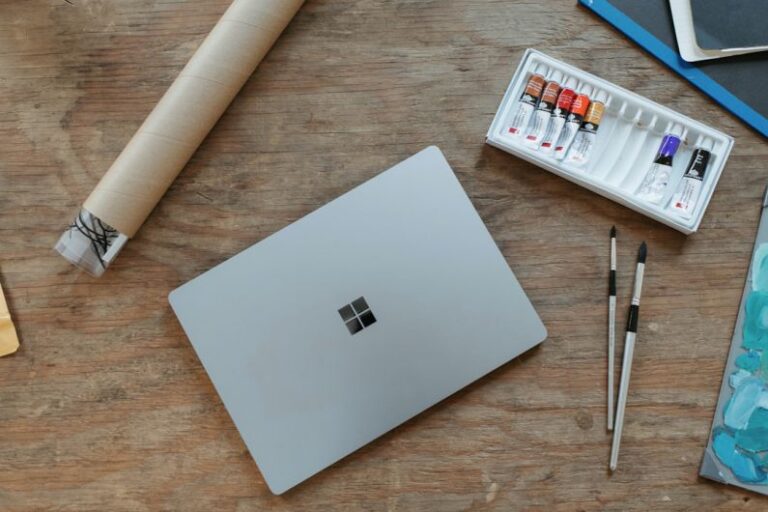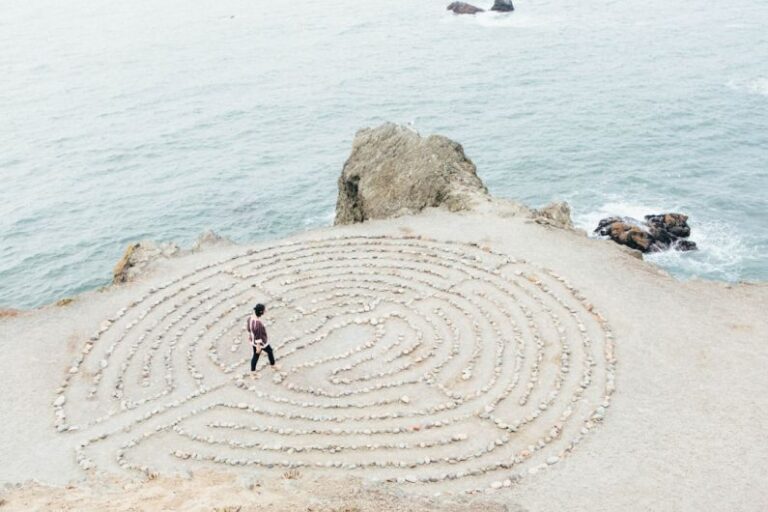Balancing Discipline and Freedom in Creative Work
Creativity is often associated with a sense of freedom, the ability to let one’s ideas flow without constraints. However, the reality is that creative work also requires discipline and structure to truly flourish. Balancing discipline and freedom in creative work is a delicate dance that can lead to exceptional results when done effectively. In this article, we will explore how finding the right equilibrium between these two elements can enhance the creative process and elevate the quality of the work produced.
**Embracing Discipline:**
Discipline is often viewed as the antithesis of creativity, but in reality, it is the backbone that supports the creative process. Setting boundaries, establishing routines, and adhering to deadlines are all forms of discipline that can help channel creative energy in a productive direction. By creating a framework within which to operate, creatives can avoid the pitfalls of procrastination and aimless wandering, focusing instead on bringing their ideas to fruition.
**Setting Clear Goals:**
One way to introduce discipline into creative work is by setting clear goals. Establishing specific objectives can provide a roadmap for the creative process, guiding the creator towards a defined endpoint. Whether it’s completing a project by a certain deadline or achieving a specific aesthetic vision, setting clear goals can help maintain focus and drive progress. Additionally, breaking down larger goals into smaller, manageable tasks can make the creative process feel more achievable and less overwhelming.
**Establishing Routine:**
Routine may seem stifling to the creative spirit, but it can actually be a powerful tool for enhancing productivity. By establishing a daily or weekly routine, creatives can create a sense of structure and consistency in their work. Whether it’s setting aside dedicated time for brainstorming, sketching, or writing, a routine can help cultivate a habit of creativity and eliminate the need to wait for inspiration to strike. Consistent effort, even in small doses, can lead to significant progress over time.
**Embracing Constraints:**
Constraints are often seen as limitations, but they can also be catalysts for creativity. When faced with limitations such as budget constraints, time restrictions, or technical limitations, creatives are forced to think outside the box and find innovative solutions to overcome obstacles. Constraints can spark creativity by pushing creatives out of their comfort zones and encouraging them to explore new possibilities. Embracing constraints can lead to unexpected and exciting outcomes that may not have arisen in the absence of limitations.
**Cultivating Freedom:**
While discipline is essential for guiding the creative process, freedom is equally important for fostering innovation and originality. Creativity thrives in an environment that allows for experimentation, risk-taking, and the exploration of unconventional ideas. By giving oneself the freedom to think outside the box and challenge traditional norms, creatives can push the boundaries of their work and discover new avenues for expression.
**Exploring Uncharted Territory:**
Creativity often thrives in the uncharted territory, where rules are meant to be broken and conventions are meant to be challenged. Embracing freedom in creative work means being open to taking risks, trying new approaches, and stepping outside of one’s comfort zone. By embracing uncertainty and welcoming the unknown, creatives can tap into their innate curiosity and unleash their full creative potential.
**Finding the Balance:**
Balancing discipline and freedom in creative work is about finding the sweet spot where structure and spontaneity coexist harmoniously. Too much discipline can stifle creativity and lead to rigid, formulaic work, while too much freedom can result in chaos and lack of direction. Finding the right balance requires self-awareness, experimentation, and a willingness to adapt to the needs of each project. By striking a delicate equilibrium between discipline and freedom, creatives can unlock their full creative potential and produce work that is both innovative and impactful.
**In Summary:**
Balancing discipline and freedom in creative work is a nuanced process that requires careful consideration and constant evaluation. By embracing discipline to provide structure and direction, and cultivating freedom to foster innovation and originality, creatives can create work that is both impactful and authentic. Finding the right balance between these two elements is key to unlocking the full potential of creative endeavors and achieving meaningful results.






